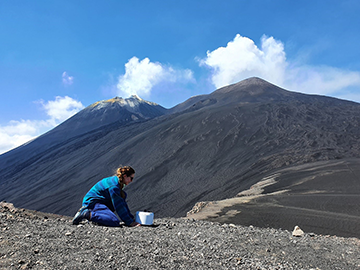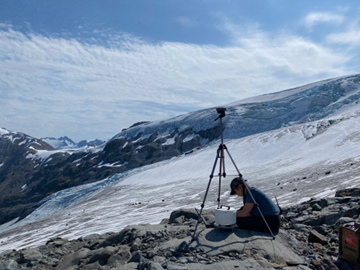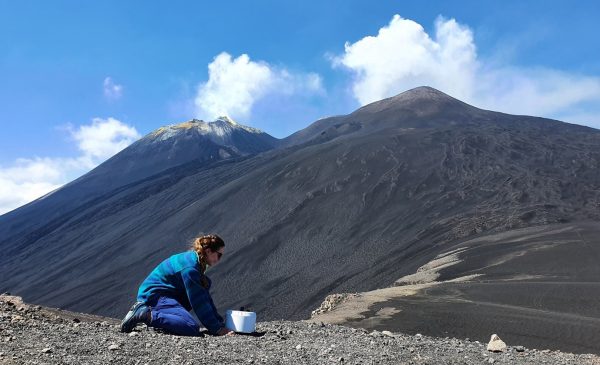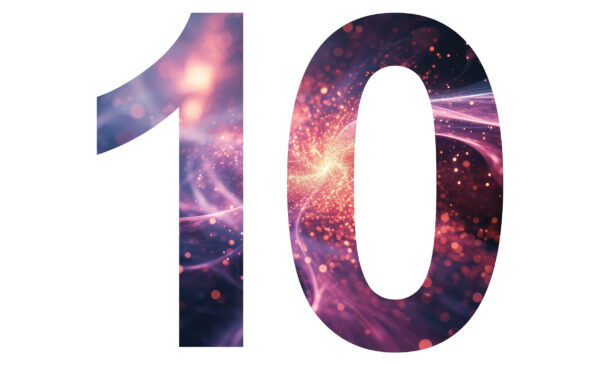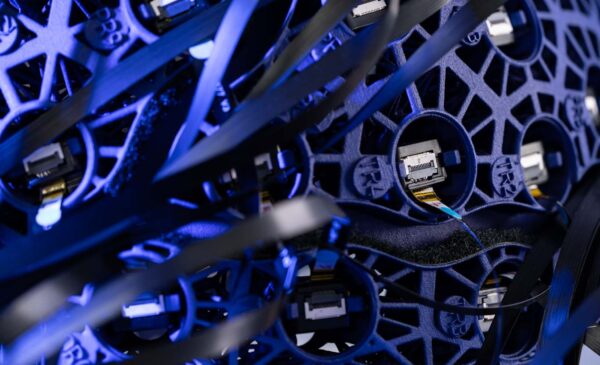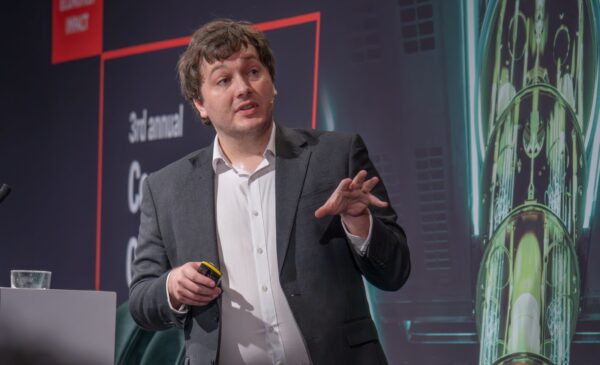At the end of January 2023, Phoebe Utting and Elisabeth Passey, both PhD students at the University of Glasgow and part of the UK Quantum Technology Hub Sensors and Timing, attended the International Association of Volcanology and Chemistry of the Earth’s Interior (IAVCEI) in New Zealand to present the latest developments in gravimeter technology – small but powerful, and using the same cheap, mass-producible sensors also used in smartphones to detect very small changes in gravity, opening up access to gravity measurement for all kinds of industries.
Elizabeth Passey presented the Wee-g – a radically tiny gravimeter – field results when tested in the Garibaldi Volcanic Belt in British Columbia. Multiple field campaigns – both helicopter and truck-based – were undertaken to fully understand Wee-g’s performance during spatial surveys in extreme environments. This testing marked the first time a full-scale survey has been conducted with a MEMS gravimeter and is a crucial step towards Wee-g becoming a fully field deployable sensor. This project itself was funded by Mitacs Globalink exchange project and was based at Simon Fraser University in Vancouver.
The Wee-g has been developed and tested over many years as part of the Geophysics work stream at the UK Quantum Technology Hub Sensors and Timing, and greatly supported by the Newton-g project, led by the Istituto Nazionale di Geofisica e Vulcanologia. Pioneered by Hub researchers at the University of Glasgow, the Wee-g has also been tested by the British Geological Survey and the University of Birmingham’s National Buried Infrastructure Facility.
In 2022, Dr Abhinav Prasad (QT Hub Post-Doctoral Researcher) and Ms Phoebe Utting travelled to the National Institute of Geophysics and Volcanology (INGV) in Catania, Sicily to deploy multiple Wee-g gravimeters on Europe’s most active volcano, Mt Etna, in July. The gravimeters were deployed at different altitudes ranging from 1730m to 3000m above sea-level.
The recent field trials in the Garibaldi Volcanic Belt have provided valuable data to characterise Wee-g’s behaviour and performance when subjected to large temperature gradients, turbulent travel and substantial changes in elevation between measurement points. At IAVCEI, this research was well received by the community and sparked many interesting conversations about the research opportunities that innovative technology like Wee-g can create for volcanologists.
Phoebe Utting presented the design and testing of a new MEMS semi-absolute Pendulum gravimeter (named Wee-Abs). This device is a modern take on the classical pendulum gravimeters used from the 18th to the 20th century. With nanofabrication and advanced electronics, the aim is to make a competitive pendulum gravimeter again. Progression is being made towards making the world’s first low cost absolute protype field device.
“Presenting our field results at IAVCEI was an excellent opportunity to engage with field scientists within volcanology who are excited about the developments of Wee-g. We have engaged with international groups who have expressed interest in collaborating and providing further field-work opportunities to test Wee-g.”Elizabeth Passey, on presenting cutting-edge gravimetry technologies at the IAVCEI
